- Etiquette in Soo Bahk Do Pt.1 Connecting with others and culture - A Series by Steven Lemner, Sa Bom Nim, Chil Dan # 23703
- Etiquette in Soo Bahk Do Pt. 2 Connecting with others and culture - A Series by Steven Lemner, Sa Bom Nim, Chil Dan # 23703
- Etiquette in Soo Bahk Do Pt. 3 “The Dojang, the opening ceremony“- A Series by Steven Lemner, Sa Bom Nim, Chil Dan # 23703
- Etiquette in Soo Bahk Do Pt. 4 “Etiquette in action, Students connecting” - A Series by Steven Lemner, Sa Bom Nim, Chil Dan # 23703
- Etiquette in Soo Bahk Do Pt. 5 “Communication Etiquette”- A Series by Steven Lemner, Sa Bom Nim, Chil Dan # 23703
- Etiquette in Soo Bahk Do Pt. 6 “Communication Etiquette”- A Series by Steven Lemner, Sa Bom Nim, Chil Dan # 23703
- Etiquette in Soo Bahk Do Pt. 7 “Personal Etiquette “- A Series by Steven Lemner, Sa Bom Nim, Chil Dan # 23703
Etiquette in Soo Bahk Do Pt. 2 Connecting with others and culture - A Series by Steven Lemner, Sa Bom Nim, Chil Dan # 23703
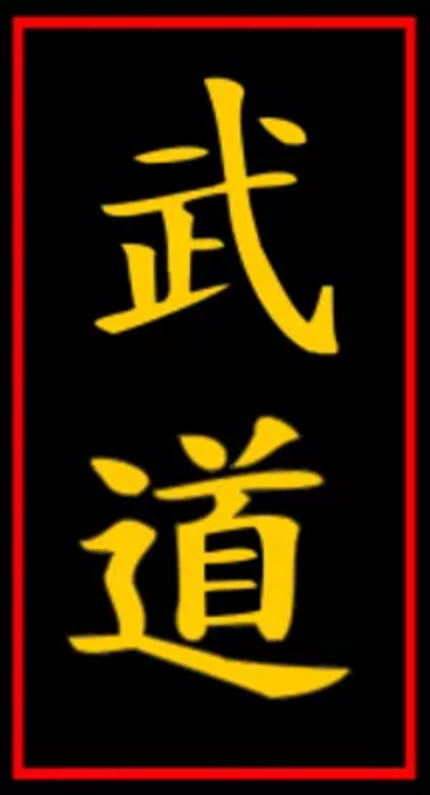
In these situations, the main thing in my mind is to act with kindness through the expression of good etiquette.
2 comments
Comments are closed.


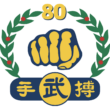

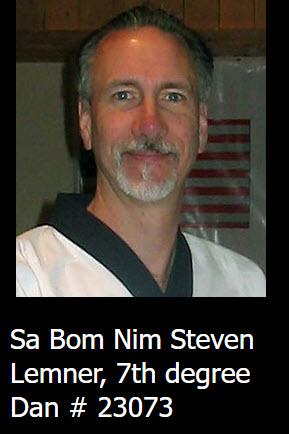
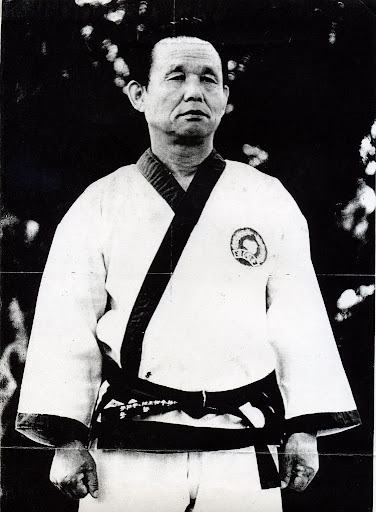


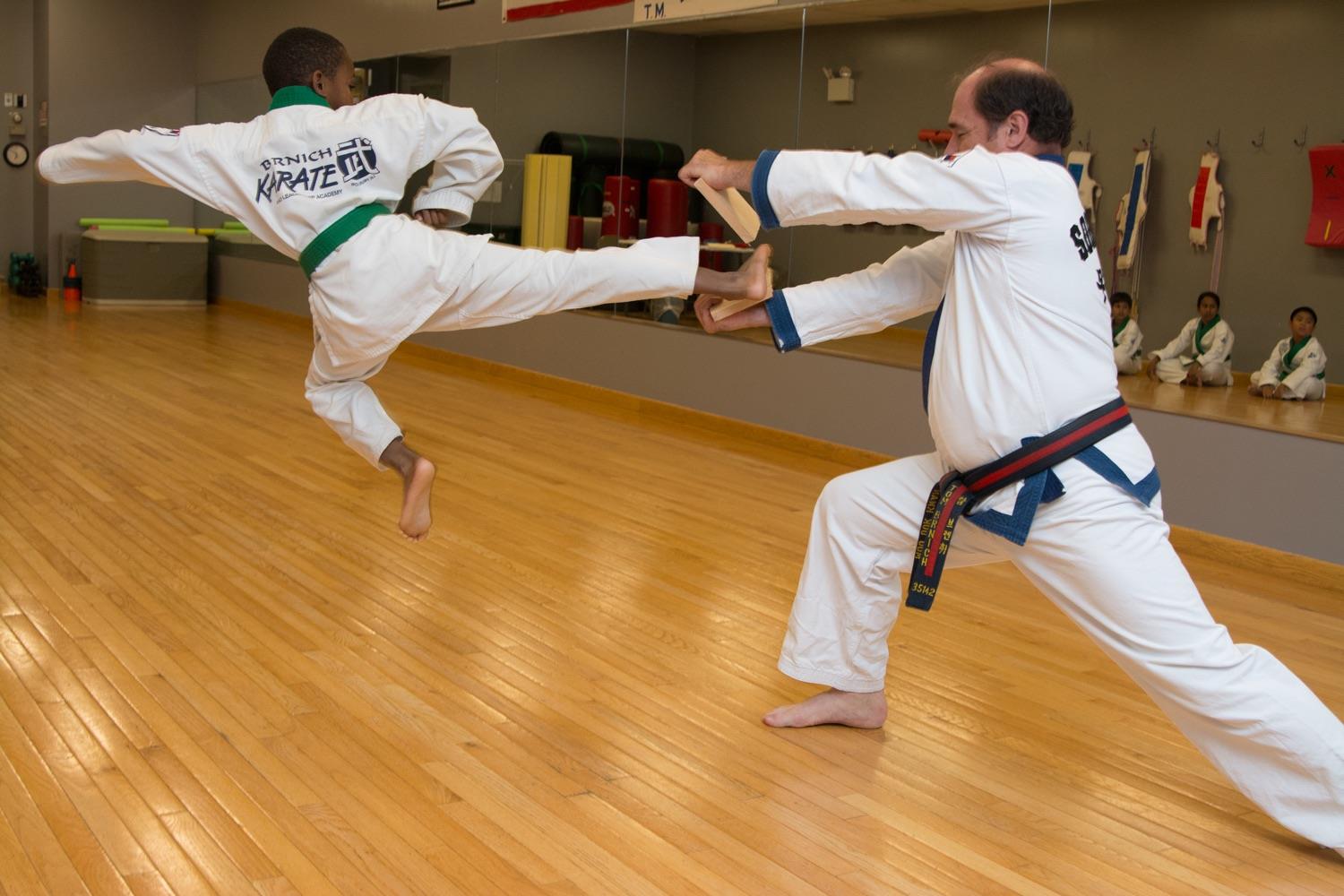
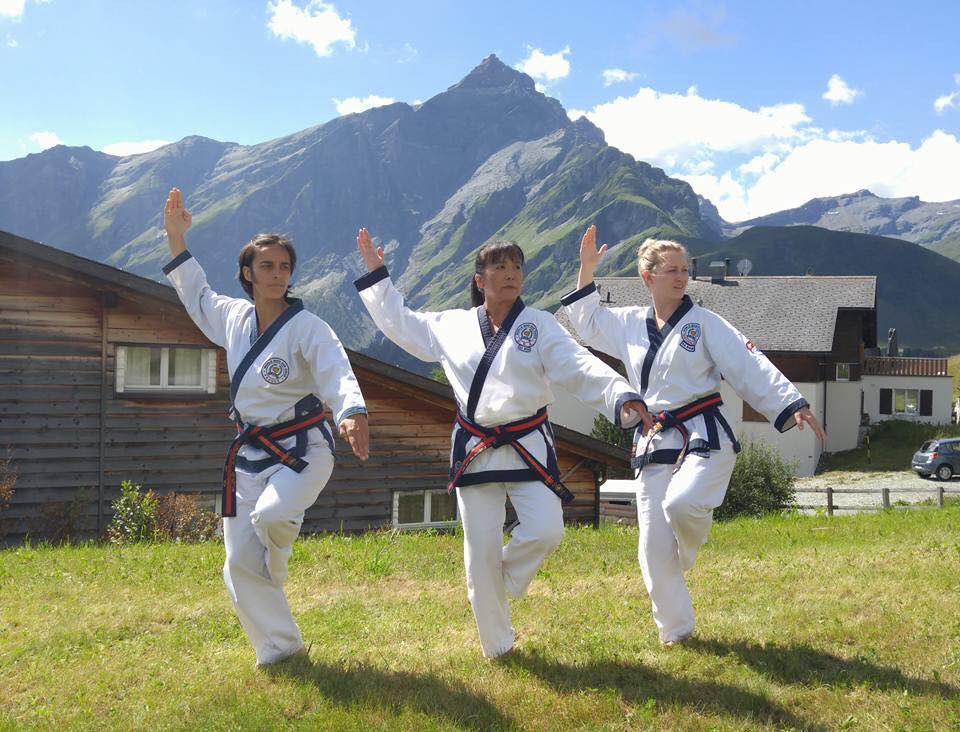
Thank you Sa Bom Nim Lemner.
Thank you Founder Hwang Kee and Kwan Jang Nim Hwang.